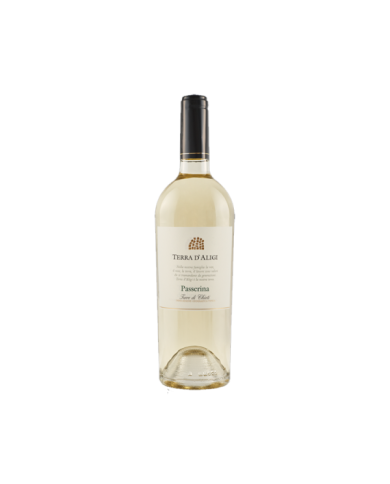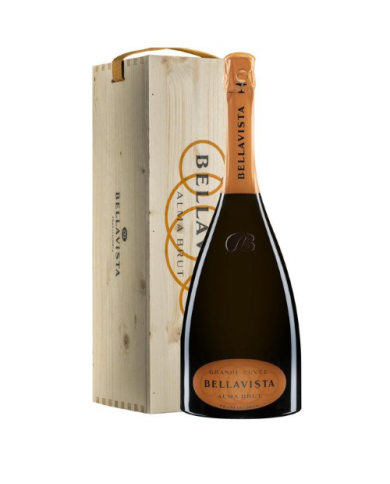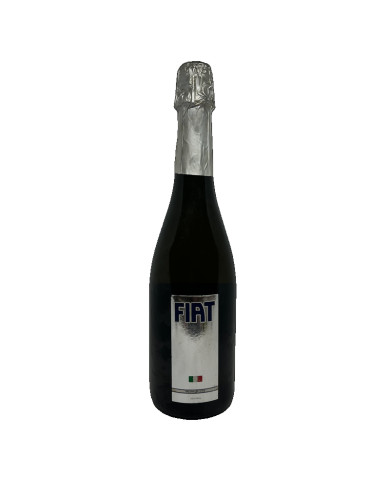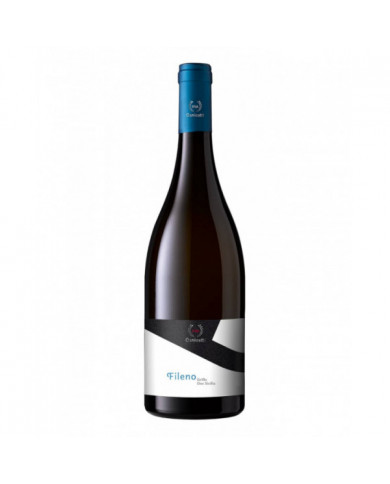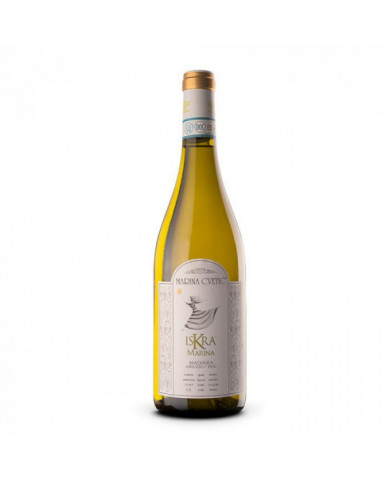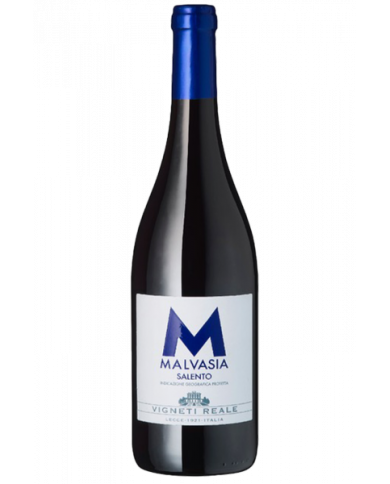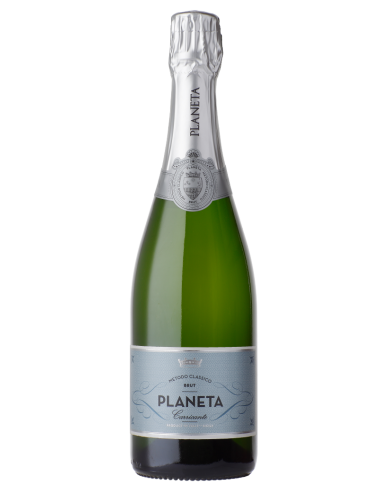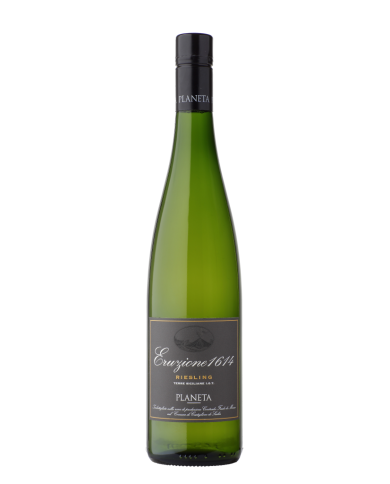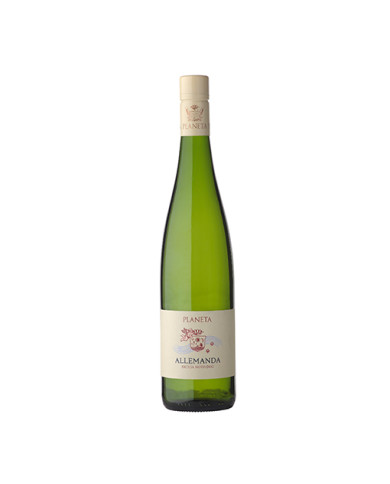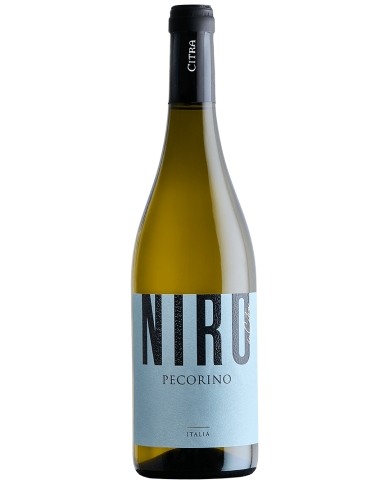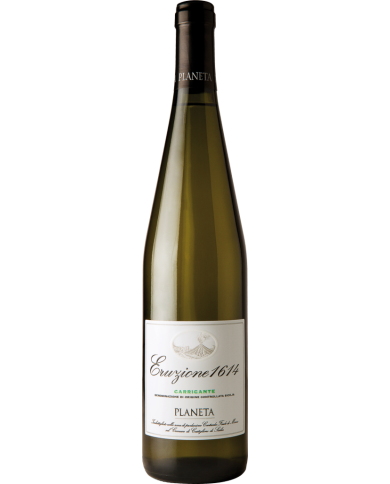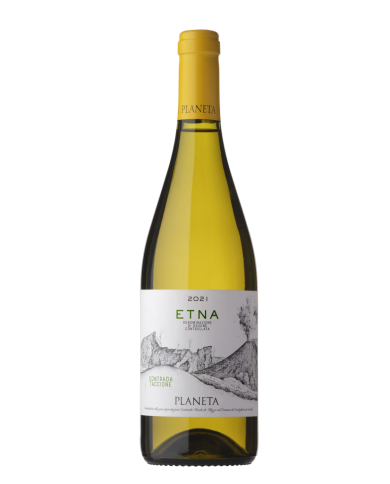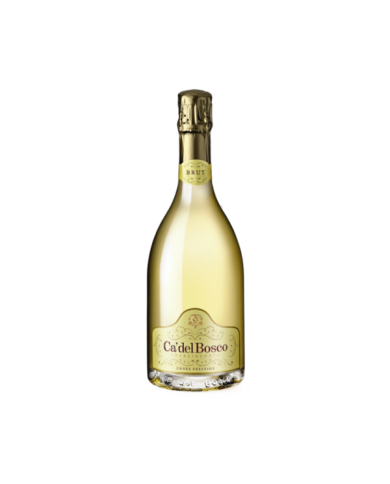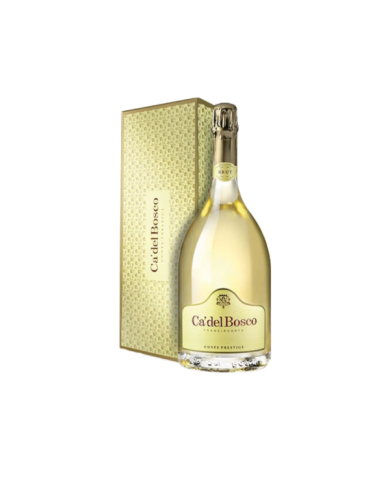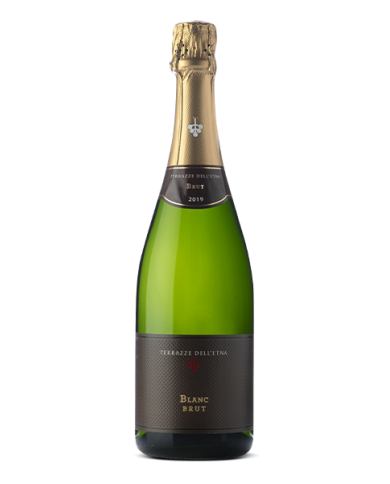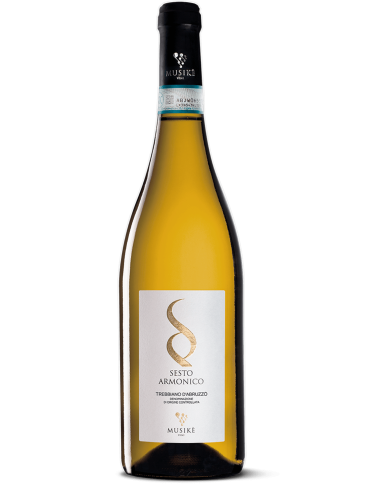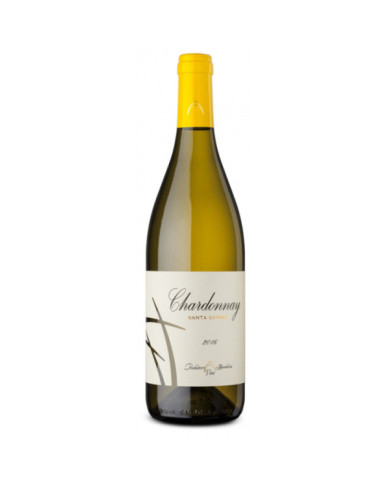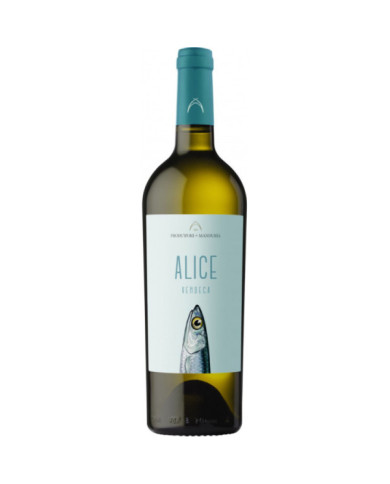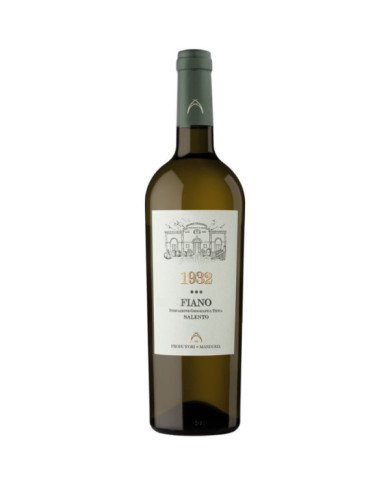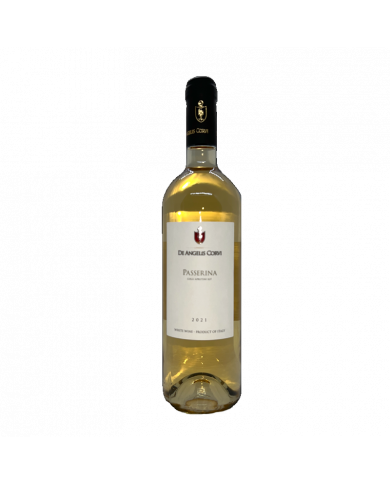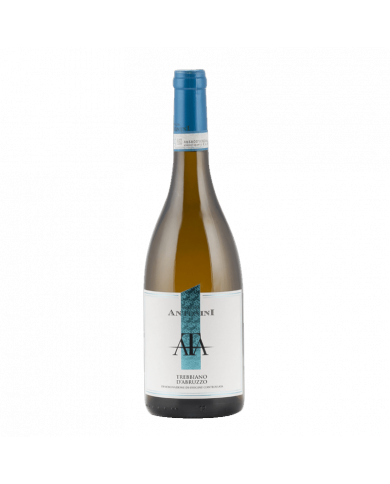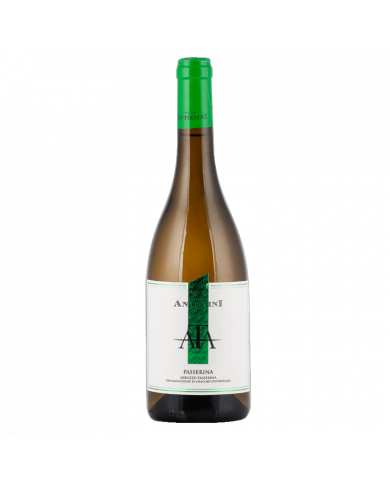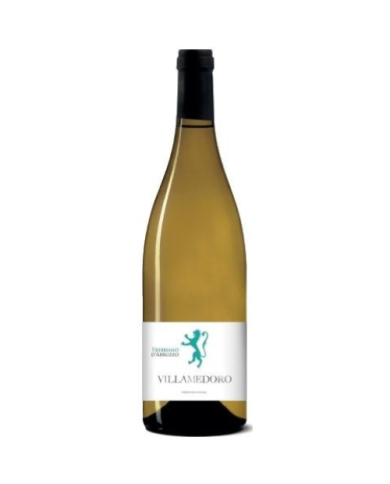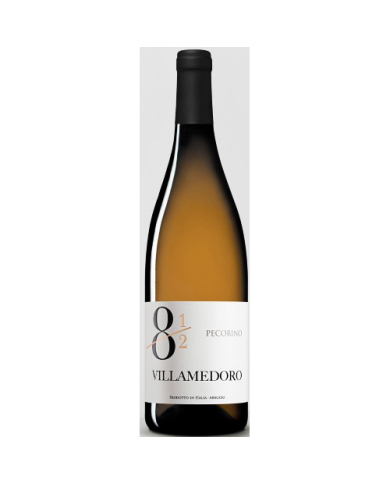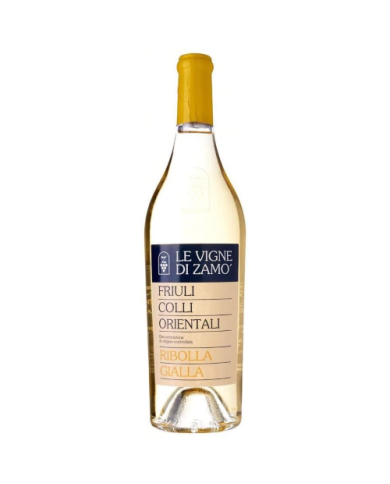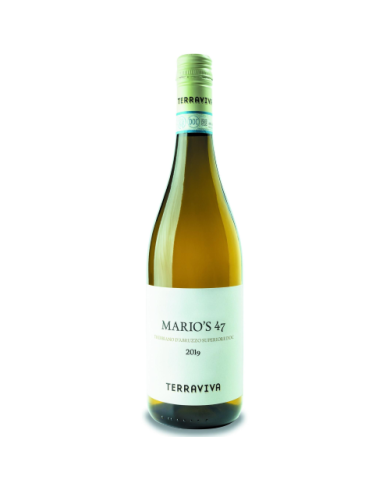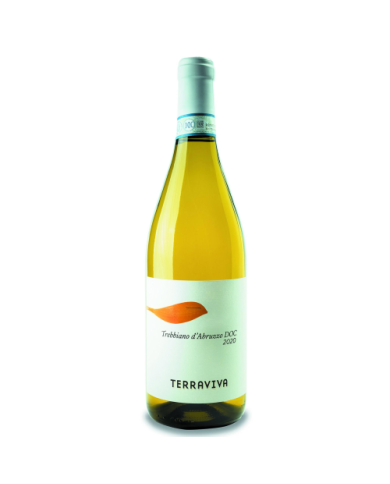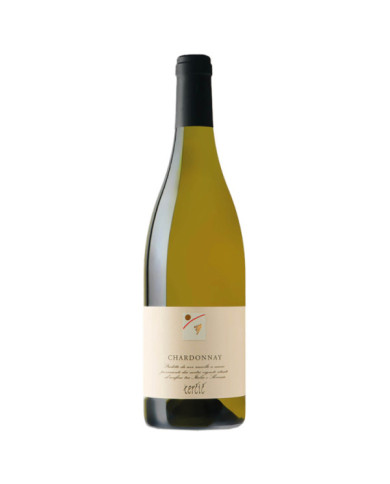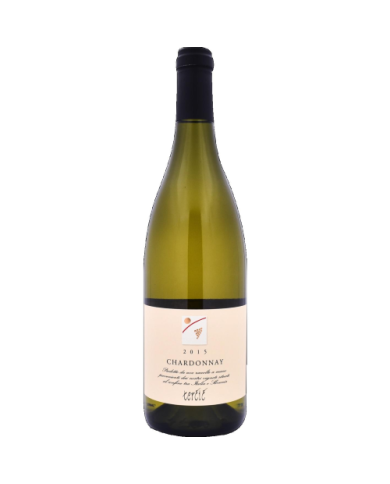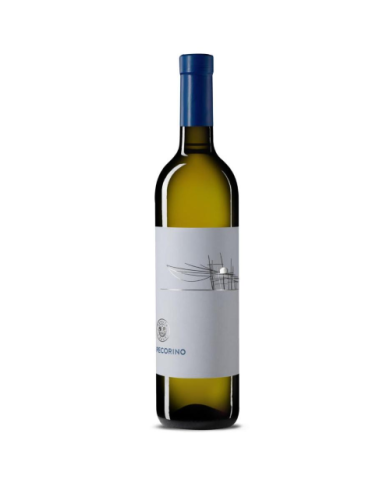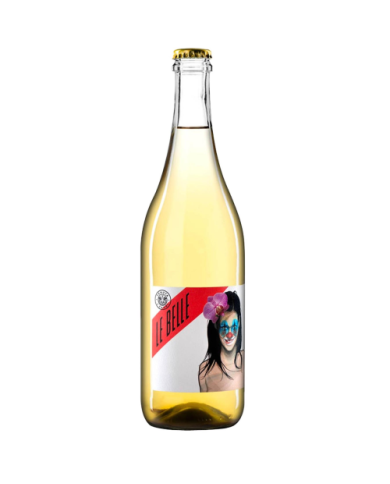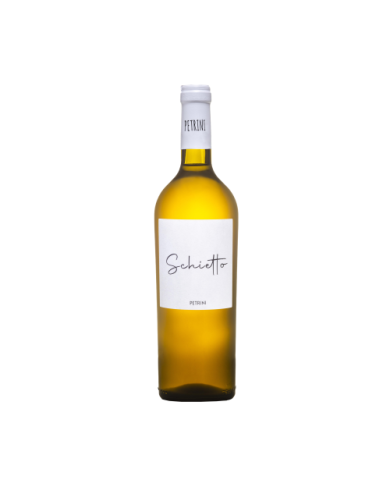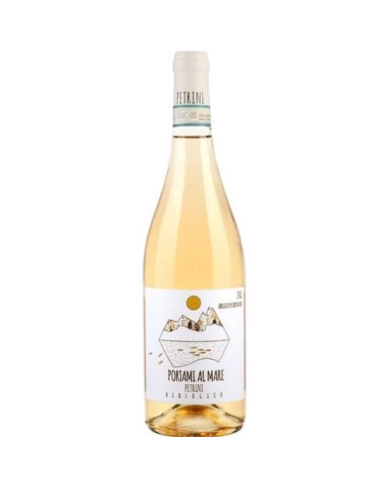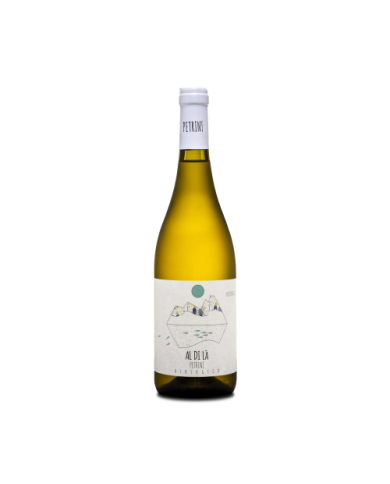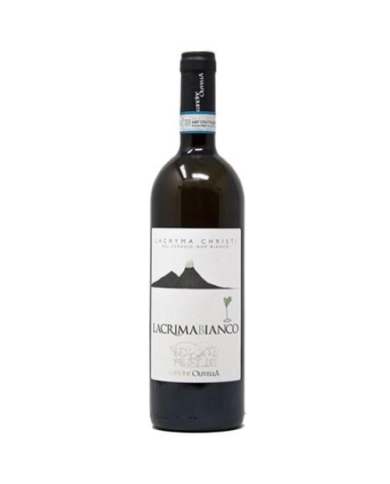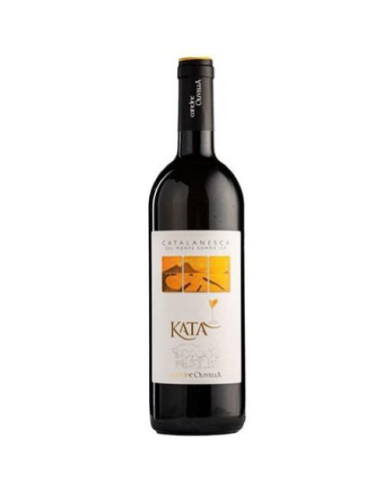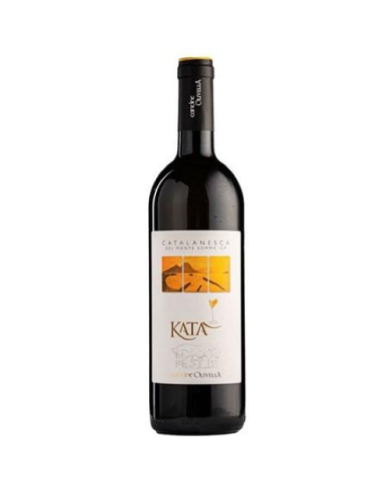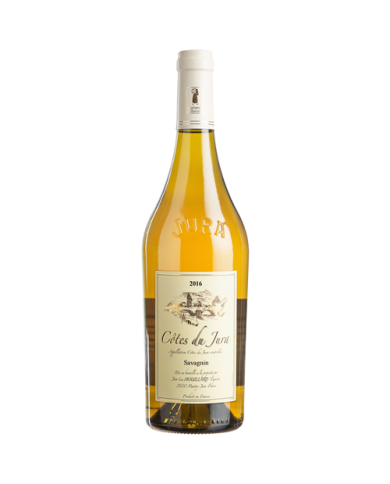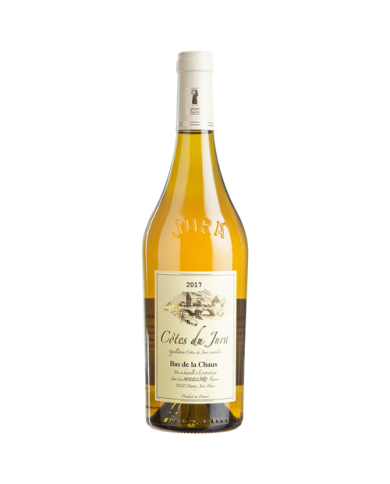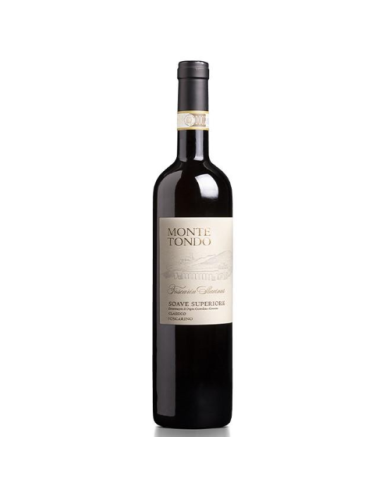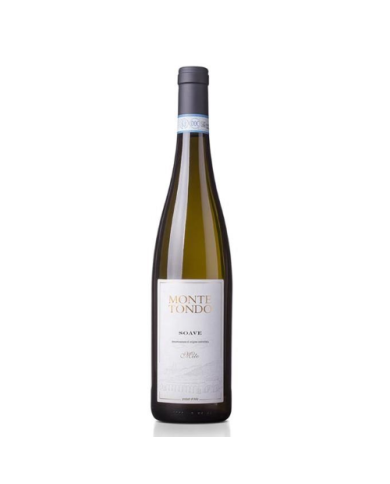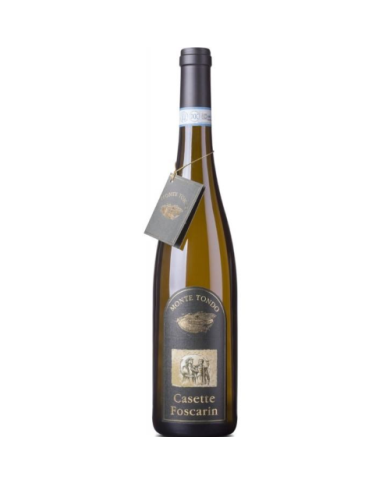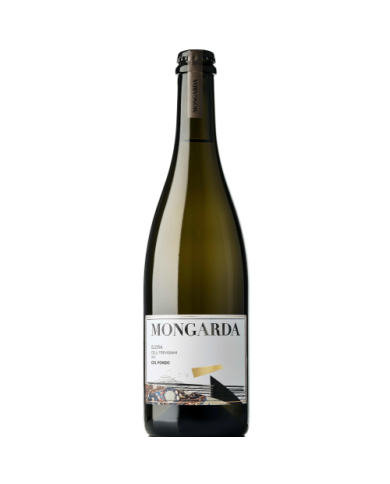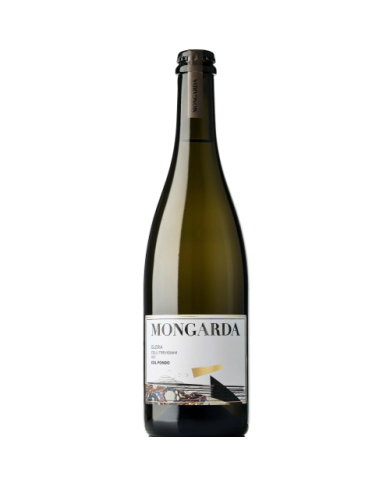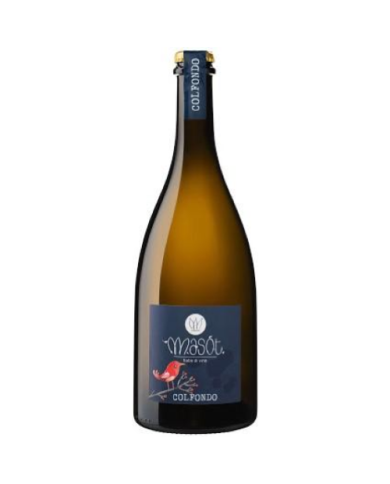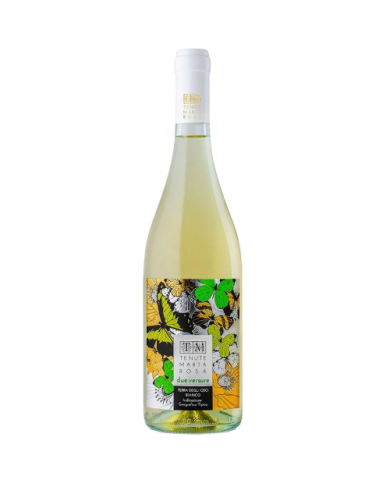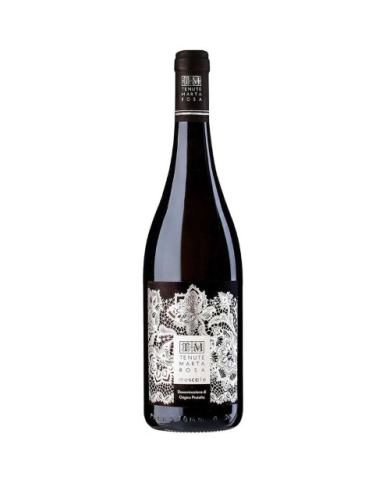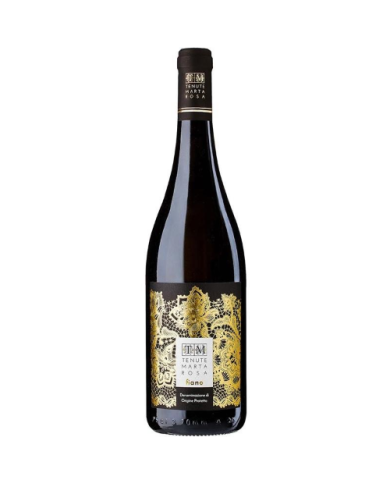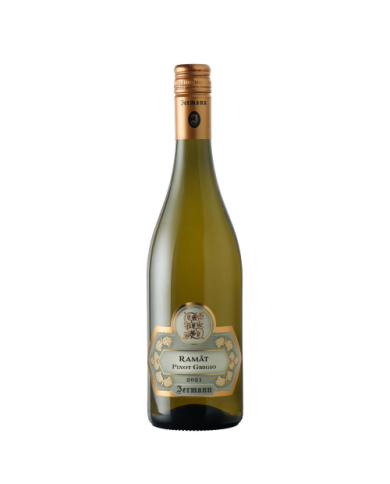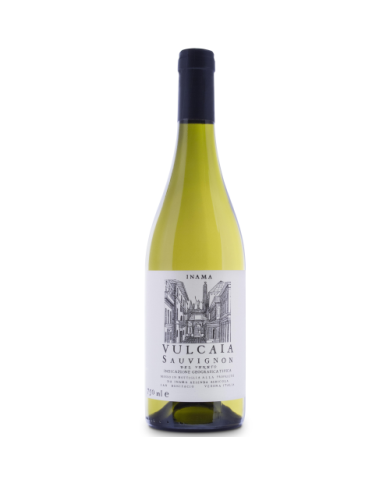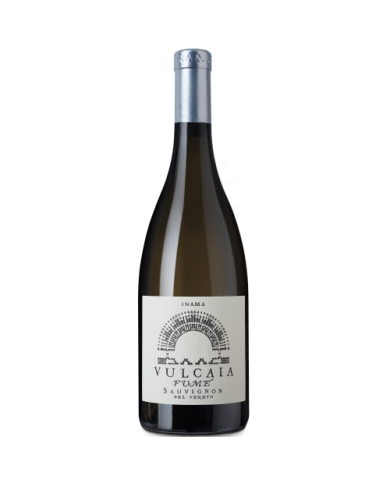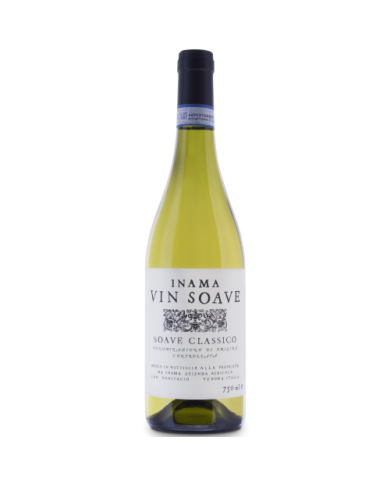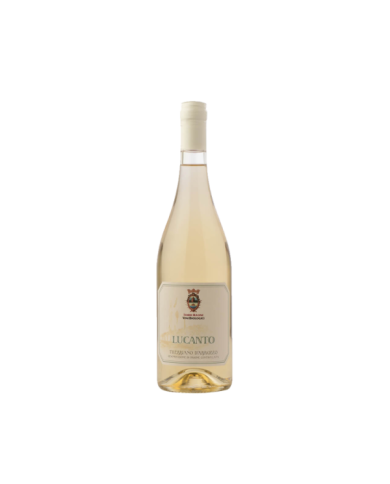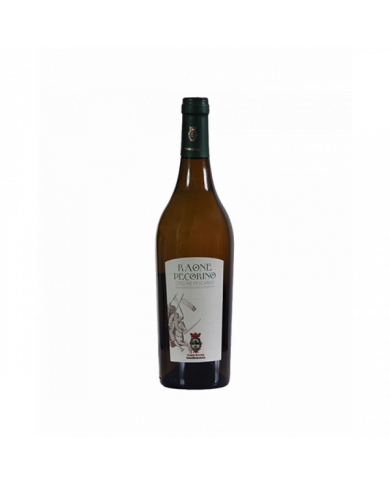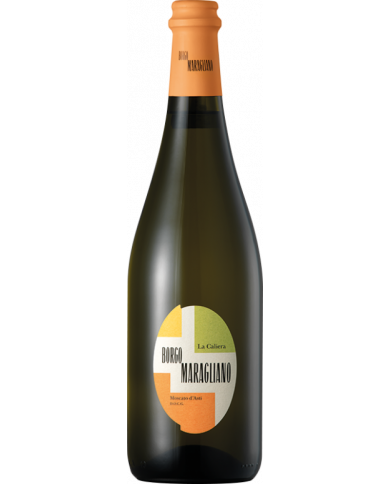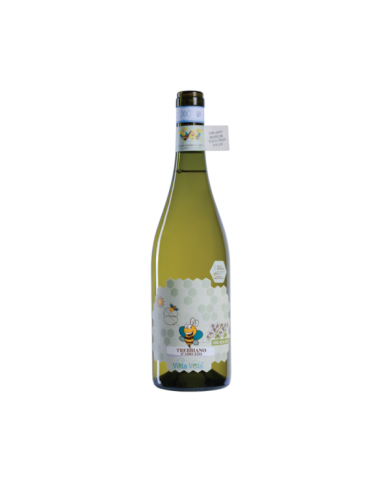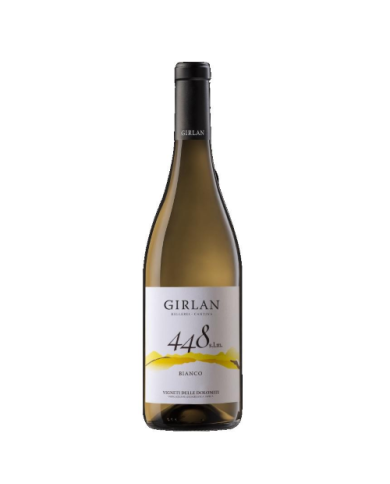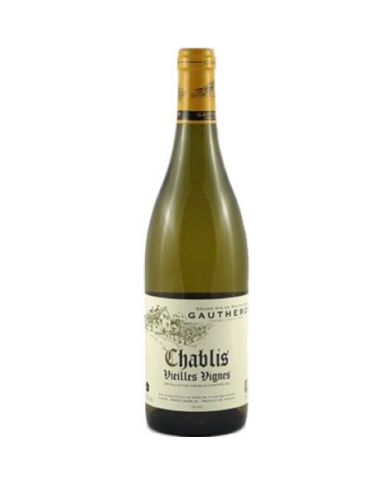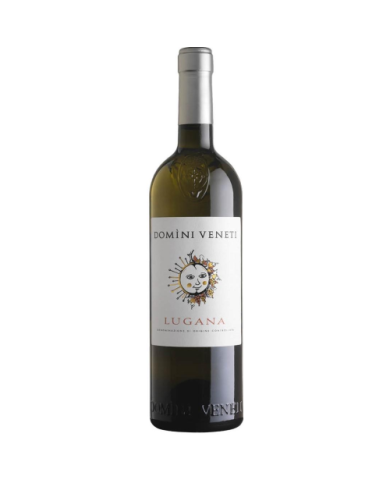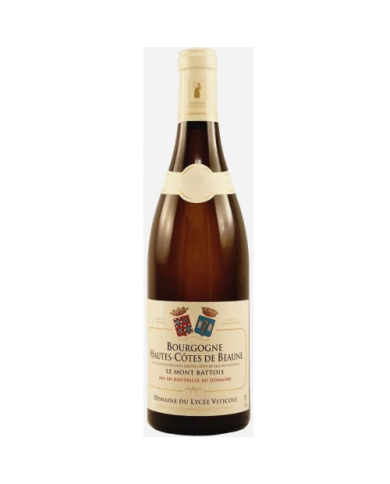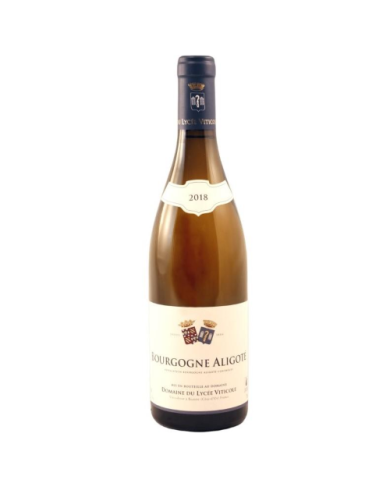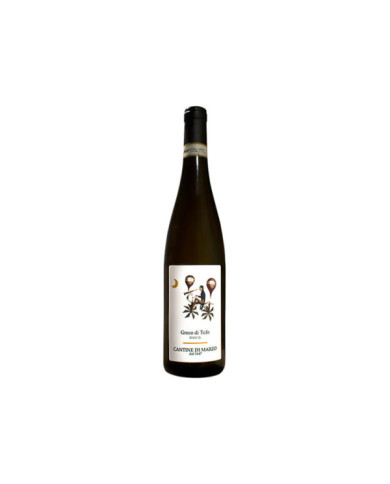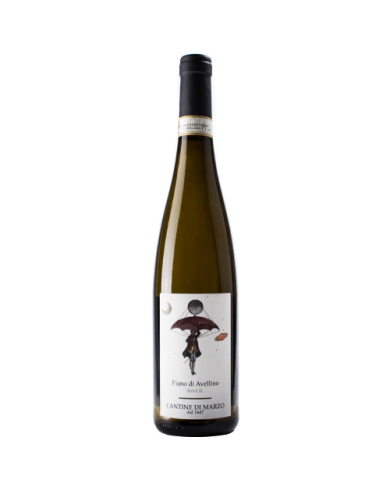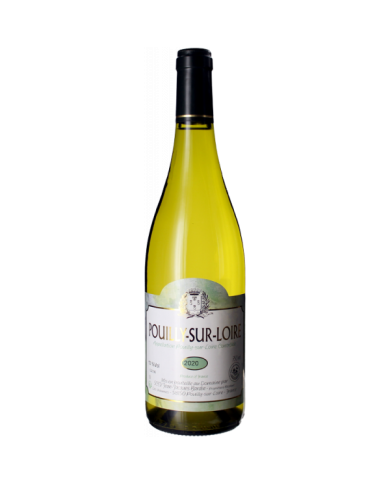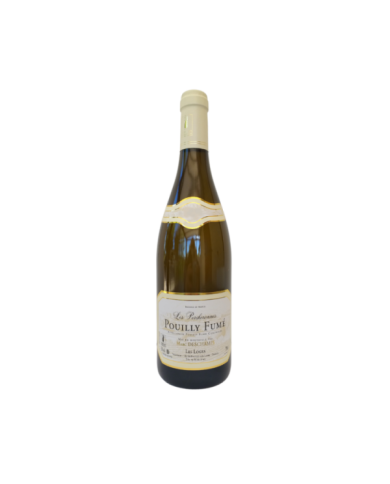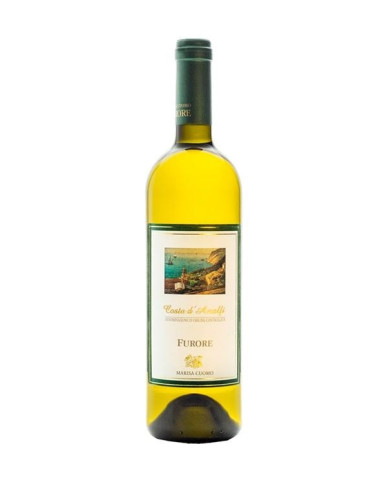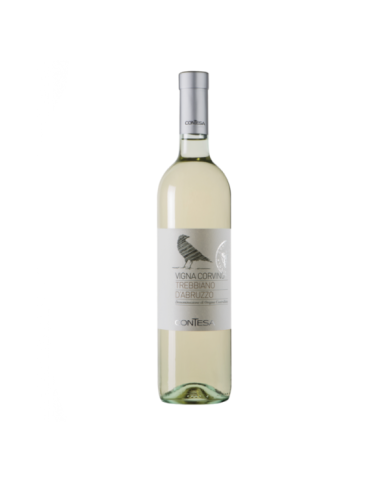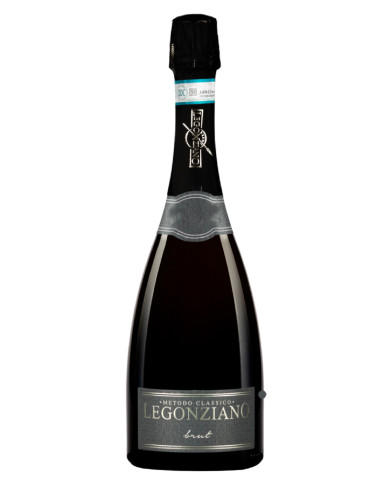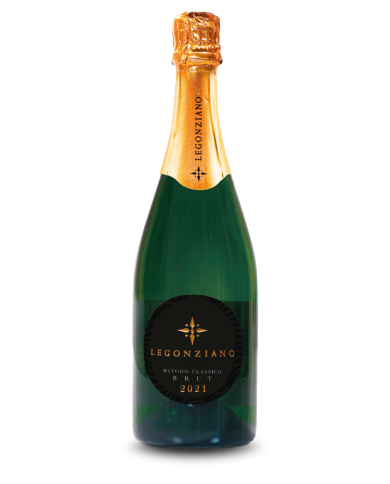The Fiat Chardonnay bottle can be a great gift idea for car enthusiasts. Wines with an automotive design produced in limited numbers by the eccentric Piedmontese producer Pier Giorgio Scrimaglio. The Scrimaglio family has been in Piedmont since the 17th century and comes from France, where it bore the name Escrimeaux (swordsman). In Monferrato, it gave its name to an area that is still called Region Scrimaglio, where the farm and vineyards are now located. Francesco Scrimaglio, the progenitor of the family, started his wine-growing business in the early 1900s, which was later expanded by his son Pietro and grandsons Franco and Mario.
CVA's Grillo Fileno is the best white wine in Italy
The highest score ever, among the Italian white wines offered for tasting at the Concours Mondial de Bruxelles 2022: Fileno, harvest 2021, Grillo in purity, is the best white wine in Italy. An extraordinary result for CVA, a small but prestigious wine cooperative in the Agrigento area.
From one of the oldest vines in the world, Moscato Bianco, our Passito di Noto is born. Passito is an ancient wine that becomes current with a modern drying system. Explosive aromas of exotic fruit, jasmine, candied citrus, it is both complex and easy to love. The ideal companion of the great Sicilian tradition of sweets and ice cream.
CUV├ēE PRESTIGE Identity. A virtue that is found in the etymology of an ancient word: idem, or to be the same. Cuv├®e Prestige, the essence of Franciacorta, in the Ca 'del Bosco style. A jewel born in 2007 from thirty years of experience. Only the best Chardonnay (75%), Pinot Nero (15%) and Pinot Bianco (10%) grapes from 134 vineyards, vinified separately and wisely blended with reserves of the most beautiful vintages (at least 20%) enter the magical rite of Cuv├®e Creation . It will take 28 months of aging on the lees before this wine is ready to express all its richness and identity. A classic Franciacorta, balanced, pleasantly fresh and crunchy. Perfect for any occasion.
Identity. Virtue written in the etymology of an ancient term: idem, or being oneself. Cuv├®e Prestige, the essence of Franciacorta in the Ca 'del Bosco style. A jewel born in 2007 from thirty years of knowledge. Only the best selections of Chardonnay, Pinot nero and Pinot bianco grapes from the best vineyards are vinified separately and wisely assembled to the reserves of the best vintages (at least 20%), in the magical rite of creating the Cuv├®e. Only after at least 24 months of aging on the lees this wine will be able to express its richness and identity. A classic Franciacorta, balanced, pleasantly fresh and acidulous. Perfect for any occasion.
An excellent aperitif, the ideal pairing is with seafood dishes, shellfish and delicately flavored fish, preferably grilled, such as cuttlefish or a good baked salmon trout.
Colore: giallo paglierino luminoso. Profumo: al naso ├© intenso con aromi di pesca bianca melone erbe aromatiche e pino che si traducono in un palato maturo e strutturato. Sapore: caldo e morbido decisa percezione sapida al palato accompagnata da una bella freschezza. Piacevole nota floreale che persiste nel finale.
Colore: giallo dorato luminoso. Profumo: deliziosi profumi di biancospino e acacia cedro e pompelmo giallo affiancano note minerali e saline. Soffi di erbe aromatiche. Sapore: fresco e sapido al palato con ritorno agrumato. Buona persistenza.
E' datata 1932 la nascita del ŌĆ£Consorzio Produttori Vini e Mosti rossi superiori da taglio per la zona di ManduriaŌĆØ. AllŌĆÖepoca il Primitivo, come indicato nel nome del consorzio, era deputato a rafforzare i famosi vini francesi e del nord Italia.
We now have the new Piandimare white wine. Despite the strong vocation for red wines, after the experience with ros├®s, our cellar proves to be a great interpreter of the territory even with white berried grapes such as Pecorino, a typical Abruzzo vine. Pecorino grapes are harvested in the early hours of the morning , during the second ten days of September. The grapes are softly pressed and then fermented at a controlled temperature in steel tanks.On the nose our Pecorino opens with great aromas of white peach, pear, pineapple, fuji apple and acacia flowers. It is perfect for an elegant aperitif with a selection of soft and semi-soft cheeses accompanied by spicy vegetables.
Poggio Argentato embodies the essence of Maremma: its land, its unique light, the breeze from the nearby sea, all narrated by a fragrant and fresh white wine, through the language of Northern vines. The singular blend of Sauvignon Blanc, Petit Manseng, Semillon and Traminer make Poggio Argentato a refined, elegant and versatile wine, perfect for the summer but also throughout the year.
Overcoming the idea of the "great classic", so much the same as to become banal. Go beyond prejudice, linked to the idea of a wine so historic that it seems obvious. Being able to show new sensory details and nuances. Those who are ready to be surprised can find all this and much more in our Trebbiano.
Here and now: knowing how to fully live the moment is something important and complicated. There are times when it is important to dedicate time, love yourself, indulge in an introspective moment or simply treat yourself to a moment of pure personal pleasure. Intense moments perfectly accompanied by a glass of our Passerina.
Epoca della vendemmia: fine settembre ŌĆō primi di ottobre Vinificazione: macerazione a freddo sulle bucce per 8-10 ore a 5-6┬░C Fermentazione alcolica: in acciaio inox alla temperatura di 14-16┬░C Fermentazione malolattica: non svolta Affinamento: in bottiglia
Il Trebbiano dŌĆÖAbruzzo di Valle Reale ├© un vino fresco, lungo, succoso e minerale, vinificato e affinato solo in acciaio. Profumi di erbe aromatiche e fiori gialli si intrecciano a nuance di agrumi, frutta fresca e leggera pietra focaia, con una sottile speziatura. Il sorso ├© slanciato, ricco, minerale, sapido, armonico
Lo Chardonnay ├© prodotto dall'azienda Ter─Źi─Ź, che sorge a San Floriano del Collio, in provincia di Gorizia, a ridosso del confine nordorientale tra Italia e Slovenia.
Vino di grande complessit├Ā olfattiva, con una serie di note floreali che si svelano una dopo l'altra. Al sorso non delude e porta con s├© una magnifica sapidit├Ā. Note Degustative: Summa di Cantine Olivella ├© un vino dal colore giallo oro. All'olfatto ├© delicato, con note di fiori e frutta, complesso, e sapido. Abbinamenti alimentari: Sformati di pasta, torte di verdure, formaggi a pasta filata.
Fermentazione e Affinamento: affina sulle fecce fini per 4 mesi e 2 mesi di bottiglia Uvaggio: Caprettone 80%, Catalanesca 20%
Nel calice ├© consistente con colore giallo dorato, naso fruttato con note di albicocca, sentori delicati di fiori e mineralit├Ā. LŌĆÖassaggio d├Ā sensazioni di freschezza e morbidezza con un piacevole finale ammandorlato
Nel calice ├© consistente con colore giallo dorato, naso fruttato con note di albicocca, sentori delicati di fiori e mineralit├Ā. LŌĆÖassaggio d├Ā sensazioni di freschezza e morbidezza con un piacevole finale ammandorlato.
Di colore giallo paglierino intenso, ha note di fiori bianchi, frutta a polpa bianca, agrumi. Fresco e scorrevole esprime equilibrio e mineralit├Ā.
Vino moscato secco con profumo di uva spina, salvia, timo, pesca bianca, un naso sexi e dolce che invita subito alla beva. La bocca di estrema facilit├Ā lascia ricordi di frutti dolci. La sua invitante freschezza regala un finale fruttato e pulito.
Bianco di colore giallo paglierino con riflessi dorati, al naso ├© invitante. Pieno di fiori bianchi, frutta esotica, agrumi. Al palato la beva ├© piena, piacevolmente fresca e scorrevole, ha un finale minerale, lungo ed equilibrato.
I vini del Grand Cru Mandelberg sviluppano un fruttato pronunciato. Note agrumate, bella mineralit├Ā, vendemmia matura che gli dona una buona lunghezza in bocca. Vino spiritoso secco da invecchiare per il pieno sviluppo delle sue potenzialit├Ā. Da consumare come aperitivo, o con piatti iodati, complessi o nobili.
Straw yellow color to the eye. Intense olfactory bouquet, characterized above all by fruity references of apricot, green apple, pineapple and banana, complemented by citrus nuances and almond tones. Full-bodied in tasting, balanced and savory, with good persistence.
Extremely versatile in food pairings, it is worth trying to accompany trenette with pesto.
Straw yellow with a good load of color to the eye. The nose is clean and punctual, characterized by fruity hints of apricot, pear and tropical fruit, then completed by chalky and floral nuances of chamomile. Savory and fresh on the palate, with good balance and good length.
Perfect to accompany seafood cuisine, it is excellent to be paired with pan-fried mullets.
Grape variety: 100% CANELLI WHITE MOSCATO
Altitude: 360 meters slm level Slope: 32% with South West exposure
Training system: Low Guyot
Soil: 45% tuffaceous - 48% sandstone - 7% calcium ŌĆŹ
Average yield per hectare: 65 hl.
VIEW : Straw yellow. SMELL : Delicate floral bouquet with notes of white flowers, smoky and hazelnut. TASTE : On the palate it is citrusy, fresh, sapid, long and mineral, fresh.
Il Bianco 448 slm ├© un vino bianco semplice, fresco e minerale dell'Alto Adige, di grande equilibrio, armonia e piacevolezza. Profumi di frutta bianca matura, fiori, pesca e albicocca si susseguono e accompagnano un sorso morbido, asciutto ed elegante
Grande struttura, conserva una buona acidit├Ā che gli permetter├Ā un ottima evoluzione con il passare degli anni. Sotto il mantello dorato pallido, il naso non esprime immediatamente il suo pieno potenziale. Ha bisogno un po' di ossigenare; ├© un vino da aspettare, a volte da 5 a 10 anni.
Sotto il suo vestito chiaro, pallido oro o oro verde, questo bianco esprime un naso molto fresco, vivace e minerale insostituibile con terrine di pesce e pollame, nonch├® pesce alla griglia. Ma anche su asparagi, cos├¼ difficili da domare, per non parlare della cucina esotica, curry e altri piatti tandoori. Grandioso semplicemente come aperitivo.
Sotto il suo vestito chiaro, pallido oro o oro verde, questo bianco esprime un naso molto fresco, vivace e minerale insostituibile con terrine di pesce e pollame, nonch├® pesce alla griglia. Ma anche su asparagi, cos├¼ difficili da domare, per non parlare della cucina esotica, curry e altri piatti tandoori. Grandioso semplicemente come aperitivo.
Di colore giallo paglierino, con note verdognole, ha un delicato profumo tra la frutta a polpa bianca e note floreali. Il suo sapore fresco lo rende il vino perfetto con i piatti di pesce e i primi piatti mediterranei a base di verdure. Trebbiano di Lugana 100%
The best Italian white wines
Italy is home to important white wines. In the section of our Clickwine online wine shop dedicated to the best Italian white wines, you will find bottles of excellent white wine carefully selected by our Sommeliers.
The denominations used in our country to classify wines are DOCG, DOC and IGT. Sometimes denominations such as DOP and IGP are also found: these acronyms have similar meanings to the previous ones but are used by wineries that mainly sell their wines outside the Italian territory.
The production of white wine
White wines are produced from both light and dark berry grapes, but vinified in white: that is to say that during maceration there is no contact between the must and the marc, so that the skin - exactly the opposite of what it happens for the red - it doesn't give substances and color.
Its myriad nuances vary according to the characteristics of the vine, the refinement method and the vine cultivation area.
In white winemaking, once the grapes have been harvested, they are transported to the cellar, destemmed and pressed and the must is separated without any maceration or with a short maceration. Sometimes, however, the grapes are pressed and then macerated with the skins at a low temperature for a more or less long period. In this way, richer and softer wines can be obtained.
This phase is followed by the clarification of the white product, which can be done by letting the must rest, by cooling, centrifugation or filtration.
Fermentation begins either by introducing selected yeast into the must or spontaneously, with the indigenous yeasts present in the grapes. To maintain the aromas, finesse and freshness of white wines, fermentation is done at lower temperatures than for red wine vinification, generally around 18┬░C.
To obtain a fresh and lively wine, to be drunk young, malolactic fermentation is avoided, bottling early, after filtration and stabilization. More complex wines, aged or fermented in wood, are bottled only after several months spent in barrels.
How to taste white wine
First of all, you need to decide whether to uncork the bottle immediately or whether to age your white wine. If you want to immediately surrender to their charm, their aromas of aromatic herbs, flint or their notes of exotic fruit, then serve your white at the right temperature: 6-8┬░ for a young white and 8-10┬░ for a softer one. it is structured.
How to match white wine
Dry white wines will also surprise you at the table and not just for their straw yellow colour. As an aperitif and above all combined with a fish dish, white wine is certainly a must, but it is not easy to perceive which of the many labels will be the most suitable for the occasion
However, we suggest you try some white wine as an accompaniment to fresh, low-fat cheeses rich in milk such as the tasty buffalo mozzarella, or with soft, flowery-rind cheeses. They are obviously also perfect with white meats, such as the classic scallops but beyond the customs, white wine also perfectly decorates a table based on meat and risottos as well as truffles. Enter our Clickwine online wine shop to receive specific suggestions for buying the best white wine at the best price to pair with your favorite dishes.
White wines: prices and offers
Every week you will find on our Clickwine online wine shop selected white wine labels at special prices in this section and in the one dedicated to offers, you can then take a look at those with the best value for money.
A wide choice of quality products is available at affordable and truly exclusive prices. Do not miss the incredible offers of white wines belonging to all the most prestigious wineries of Italian production, discover Italian wines loved and internationally recognized.
Enter the Clickwine catalog and expand your choice by purchasing online exclusive articles of small-sized wineries, but with an exceptional production of the highest quality.
White wines: longevity and conservation
How long can I keep white wine in the cellar? Do white wines improve like red wines with age? These are the questions that a wine consumer asks himself when speaking of white wine.
In general, white wines are much less long-lived than reds, for two reasons: the tannins and the ageing. Tannins are antioxidant substances present in the skins of wine which are not present in whites; As far as aging is concerned, however, most of the white wines are aged in steel for a few months, even the reds, if they are aged a little in steel and undergo rapid maceration, do not last many years. Let's say that a classic white that ages in steel lasts from 2 to 3 years maximum. If it is macerated or aged in wood, it can last up to 20 years and improve from year to year.
How many types of white wines are there?
There is no exact number of types of white wines, as there are different white grape varieties that can be used to make white wines. Some of the most common white grape varieties used to produce white wines are: Chardonnay, Sauvignon Blanc, Riesling, Pinot Grigio and Moscato. There are also other less common varieties such as Gew├╝rztraminer, Semillon and Viognier. Each of these varieties can be used to make white wines with different and unique characteristics, so there are many different types of white wines available.
How to recognize a good white wine?
There are several ways to recognize a good white wine. One of the easiest ways is to taste the wine and evaluate its taste and aroma. A good white wine should have a pleasant taste and a delicate, complex aroma. Other factors that can indicate the quality of a white wine are the vintage, the grape variety and the production area. In general, white wines produced with high quality grapes and in particularly favorable years tend to be more valuable and of higher quality. Furthermore, white wines produced in regions renowned for the production of high quality white wines can be considered more valuable than the ones produced in other regions.
How to understand if a white wine is good?
As mentioned above, one of the easiest ways to understand if a white wine is good is to taste it and evaluate its taste and aroma. A good white wine should have a pleasant taste and a delicate, complex aroma. Furthermore, it is important to keep in mind the quality of a white wine can be influenced by many factors, such as the vintage, the grape variety and the production area. For example, white wines produced with high quality grapes and in particularly favorable years tend to be more valuable and of higher quality. Furthermore, white wines produced in regions renowned for the production of high quality white wines can be considered more valuable than the ones produced in other regions.
Why is it called white wine?
White wine is called this way because it is produced using white grapes. Most of the white grapes have a transparent or slightly colored skin, therefore the wine produced with these grapes has a clear and transparent colour. Sometimes the color of white wine can be influenced by the type of grape used, the winemaking process and the addition of other ingredients, but in general, white wine has a clear, transparent color.
How to replace white wine?
If you want to substitute white wine in a recipe, there are several ingredients you can use. One of the more common options is to use chicken or vegetable broth instead of white wine. Other options may include using white vinegar or apple juice diluted with water. Also, in some cases you can omit the white wine entirely and use other ingredients to achieve the desired flavor in the recipe.

